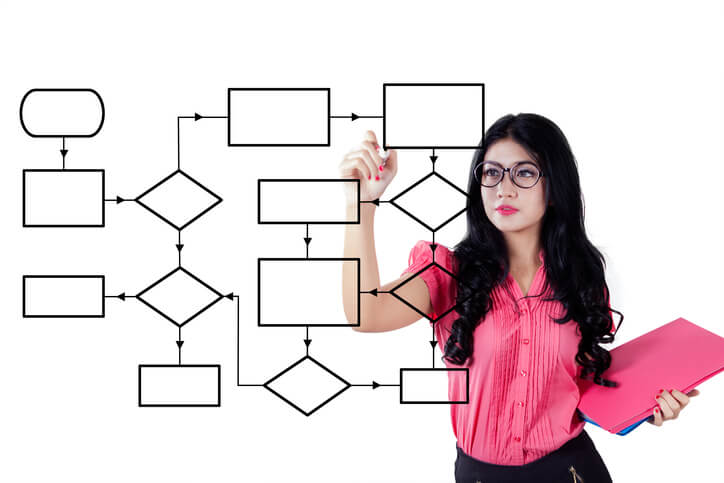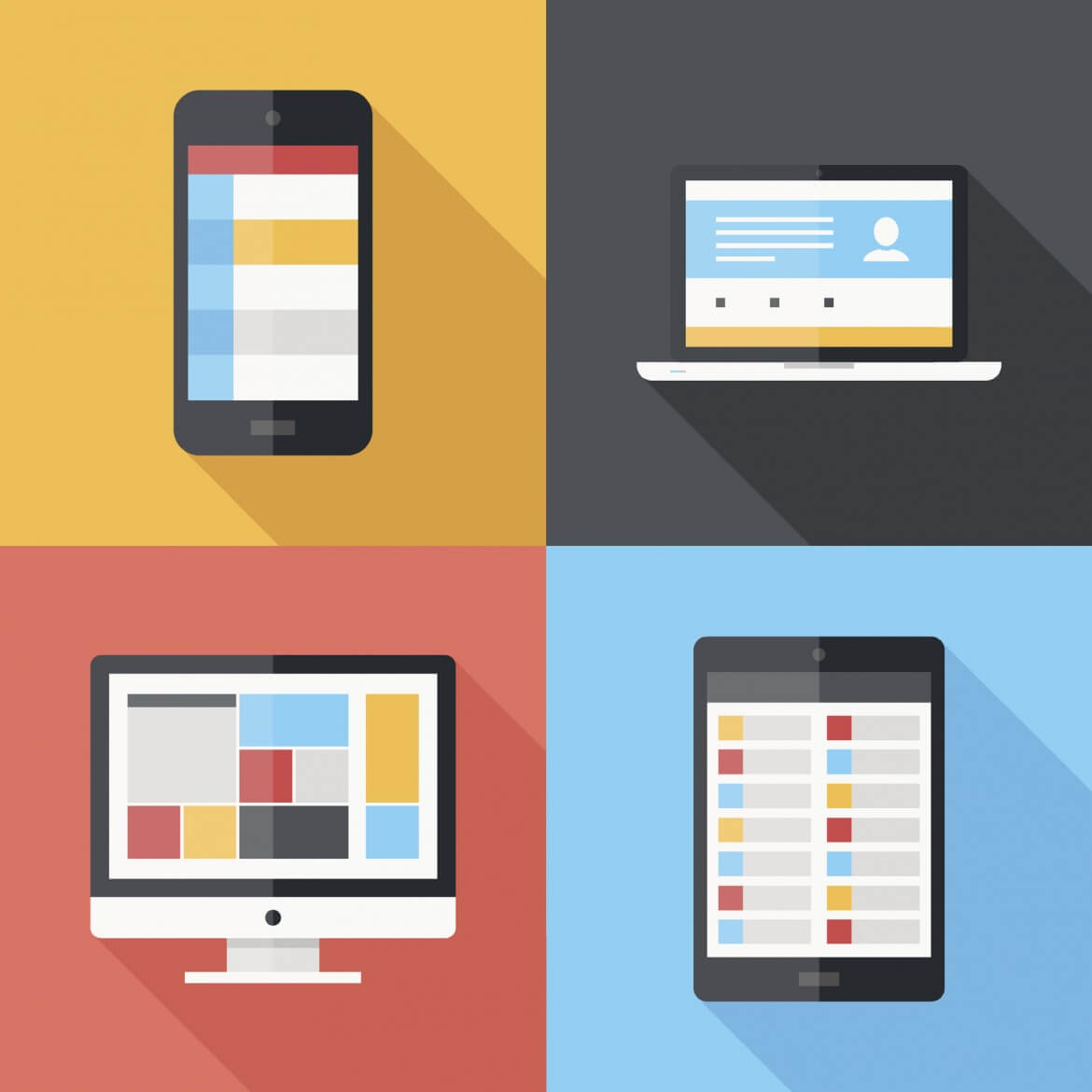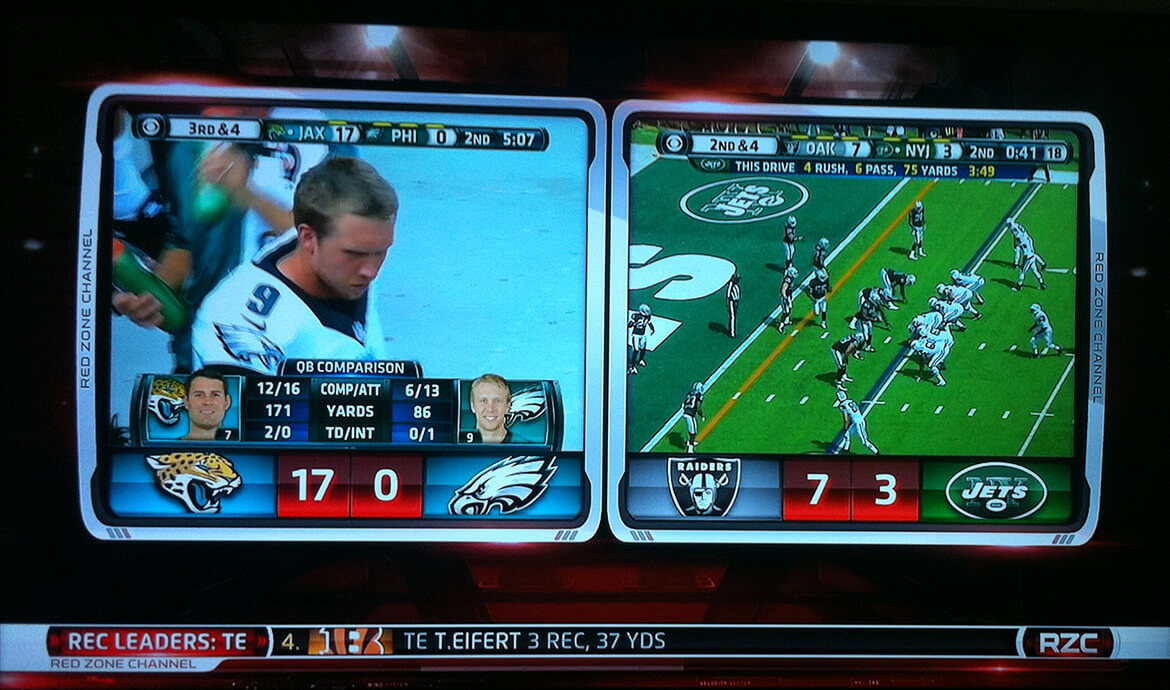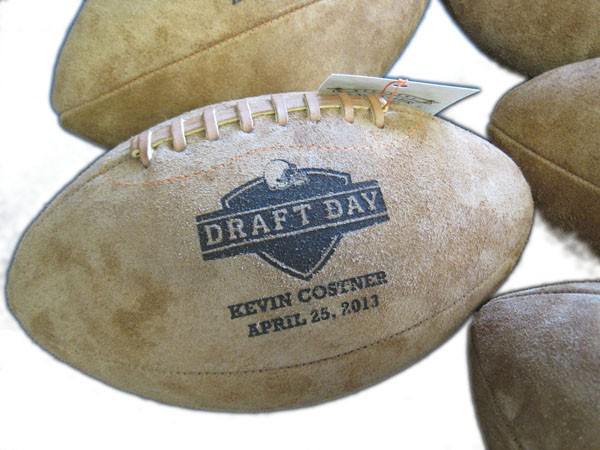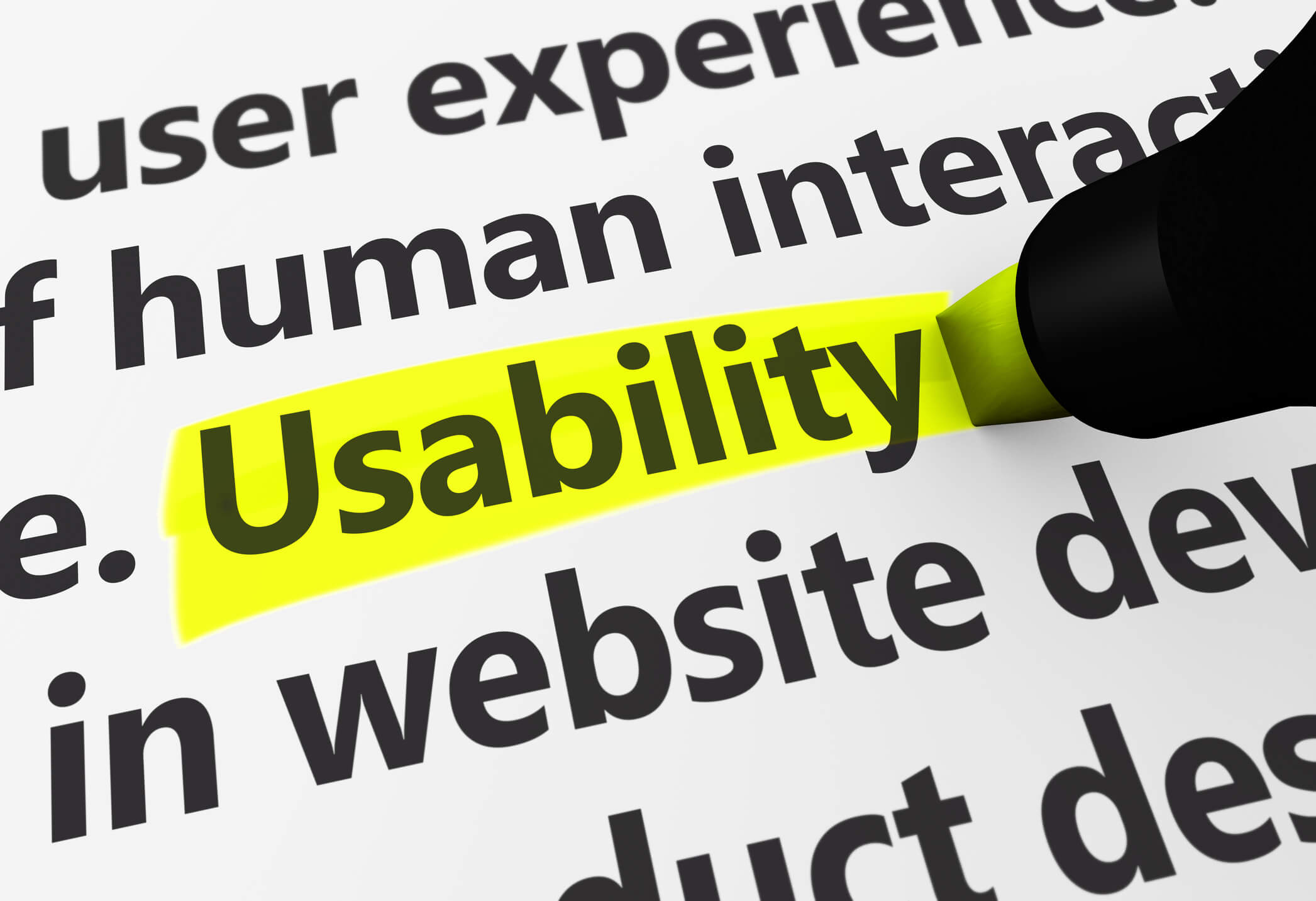
UX Journal Reflection – Week 2
What stuck with me this week is the terminology for example the Gulfs of Execution and Evaluation, Seven Stages of Action, and Gestalt Principles. While reading and doing research in each of these areas to find examples I found that I’ve actually been doing many of these principles and practices, however I didn’t know it because I wasn’t introduced to the terminology in the academic sense. We actually practice these when we’re doing our UX work as a team and during UCD (user centered design) 3-4 day sprints. It’s finally nice that I can group these processes, actions, and discussions together when talking about what we’re needing to do and why.
I really enjoyed the Gulfs because they break it down in a very simple and functional manner in which I can ask the basic questions of; Gulf of Execution: How do I work this? What can I do? When trying to achieve goal into the real world. Then Gulf of Evaluation: Is this what I wanted? What happened? When trying in the real world to see if I had achieved my original goal. That’s pretty straightforward and simple as it can get. Many times the business or stakeholders lose track of the single point of focus of their original goal in what they wanted their website to do, product to do, or application to achieve.
The Seven Stages of Action is what I consider what I do as a UX practitioner almost on a daily basis or project basis is right on point: Goal, Plan, Specify, Perform, Perceive, Interpret, and Compare. These steps is where you start to bridge the gap of the goal you had on paper and start to translate them into the real world, then review the results and see how that compares to the original goal you had from the start. These simple steps is a basic frame work to understand human interaction with your product and merely acts as a guide to your final design.
Gestalt Principles are Proximity, Similarity, Continuity, Closure, Symmetry, Figure/Ground, and Common Fate. I won’t be going into each one of these however overall great understanding of these principles I find to be very helpful and beneficial when doing UI work and laying out information on a page of a website design or mobile app. As stated before when you’re dealing with business and stakeholders, the only thing they really care for is to try and put as much information above the fold or crammed into an area with no regard to hierarchy or basic design principles in which users will see the design a crowded, bad design, and with no focus they won’t read the content or worse take the correct action desired by the original goal set forth from the start. As designers it is up to us to correct this visually so our main goals can be achieved.
